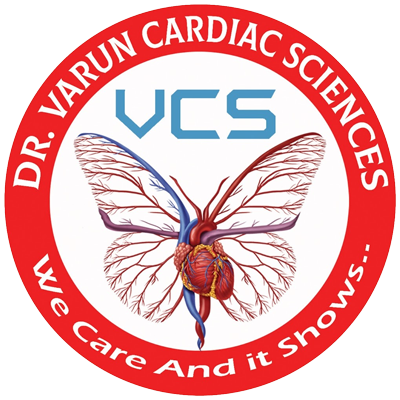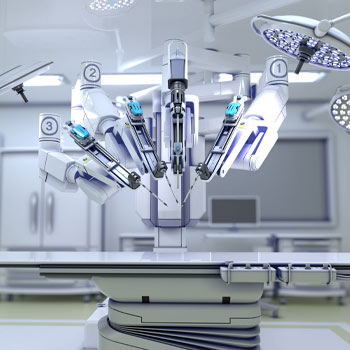In the realm of modern cardiac surgery, technological advancements continue to revolutionize treatment options, offering patients safer procedures and faster recovery times. One such innovation is robotic cardiac surgery, a cutting-edge approach that combines the precision of robotics with the expertise of cardiac surgeons to perform intricate procedures with unprecedented accuracy.
What is Robotic Cardiac Surgery?
Robotic cardiac surgery utilizes advanced robotic systems controlled by skilled surgeons to conduct intricate procedures on the heart with enhanced precision. Unlike traditional open-heart surgery, which requires a large incision through the breastbone or ribs, robotic surgery involves several small keyhole incisions. Through these incisions, miniature instruments and a high-definition camera are inserted, allowing the surgeon to operate with enhanced dexterity and a magnified 3D view of the surgical site.
How Does Robotic Surgery Work?
At the core of robotic cardiac surgery is the robotic surgical system, which consists of robotic arms equipped with surgical instruments controlled by the surgeon from a console in the operating room. The console provides a real-time, high-definition view of the patient's heart, enabling the surgeon to maneuver with precise movements that are filtered to eliminate any natural tremors of the hand. This level of control enhances accuracy, reduces the risk of complications, and promotes quicker recovery for patients
What are the benefits of robotic cardiac surgery?
Precision and Accuracy
Robotic systems offer unparalleled precision, allowing surgeons to perform delicate maneuvers with greater accuracy than ever before. This precision minimizes trauma to surrounding tissues and reduces the risk of complications such as bleeding and infection
Minimal Invasive Approach
Compared to traditional open-heart surgery, robotic cardiac surgery involves smaller incisions. These smaller incisions result in less pain, reduced scarring, and faster recovery times for patients. Many patients also experience shorter hospital stays following robotic procedures
Enhanced Visualization
The high-definition 3D camera provides surgeons with an enhanced view of the heart's anatomy. This improved visualization allows for more precise placement of sutures and surgical instruments, leading to better outcomes for patients
Quicker Recovery
Due to the minimally invasive nature of robotic surgery and reduced trauma to tissues, patients typically experience quicker recovery times. This means a faster return to normal activities and a better quality of life post-surgery
What conditions are treated with robotic cardiac surgery?
Robotic cardiac surgery is utilized to treat a variety of heart conditions, including
- Mitral Valve Repair: Repair or replacement of the mitral valve, which controls blood flow between the heart's chambers.
- Atrial Septal Defect (ASD) Closure: Closure of a hole in the wall between the heart's upper chambers.
- Coronary Artery Disease: Treatment of blocked coronary arteries to improve blood flow to the heart.
- Atrial Fibrillation Surgery: Treating irregular heartbeats by creating scar tissue in the heart to disrupt abnormal electrical pathways
The Future of Robotic Cardiac Surgery
As technology continues to evolve, so too will the capabilities of robotic cardiac surgery. Ongoing advancements aim to further enhance surgical precision, improve patient outcomes, and expand the range of conditions that can be effectively treated using robotic techniques. Additionally, as more surgeons become trained in robotic surgery and more centers adopt this technology, accessibility to these advanced procedures is expected to increase.
Robotic cardiac surgery represents a significant advancement in the field of cardiovascular medicine, offering patients and surgeons alike a safer, more precise alternative to traditional open-heart surgery. With its benefits of minimal invasiveness, enhanced visualization, and quicker recovery times, robotic surgery continues to transform the landscape of cardiac care. As technology evolves and surgical techniques improve, the future of robotic cardiac surgery holds promise for even greater advancements in patient outcomes and overall cardiac health.
For individuals facing heart surgery, exploring robotic cardiac surgery as a treatment option can provide peace of mind knowing they are receiving state-of-the-art care with a focus on both safety and efficacy.

